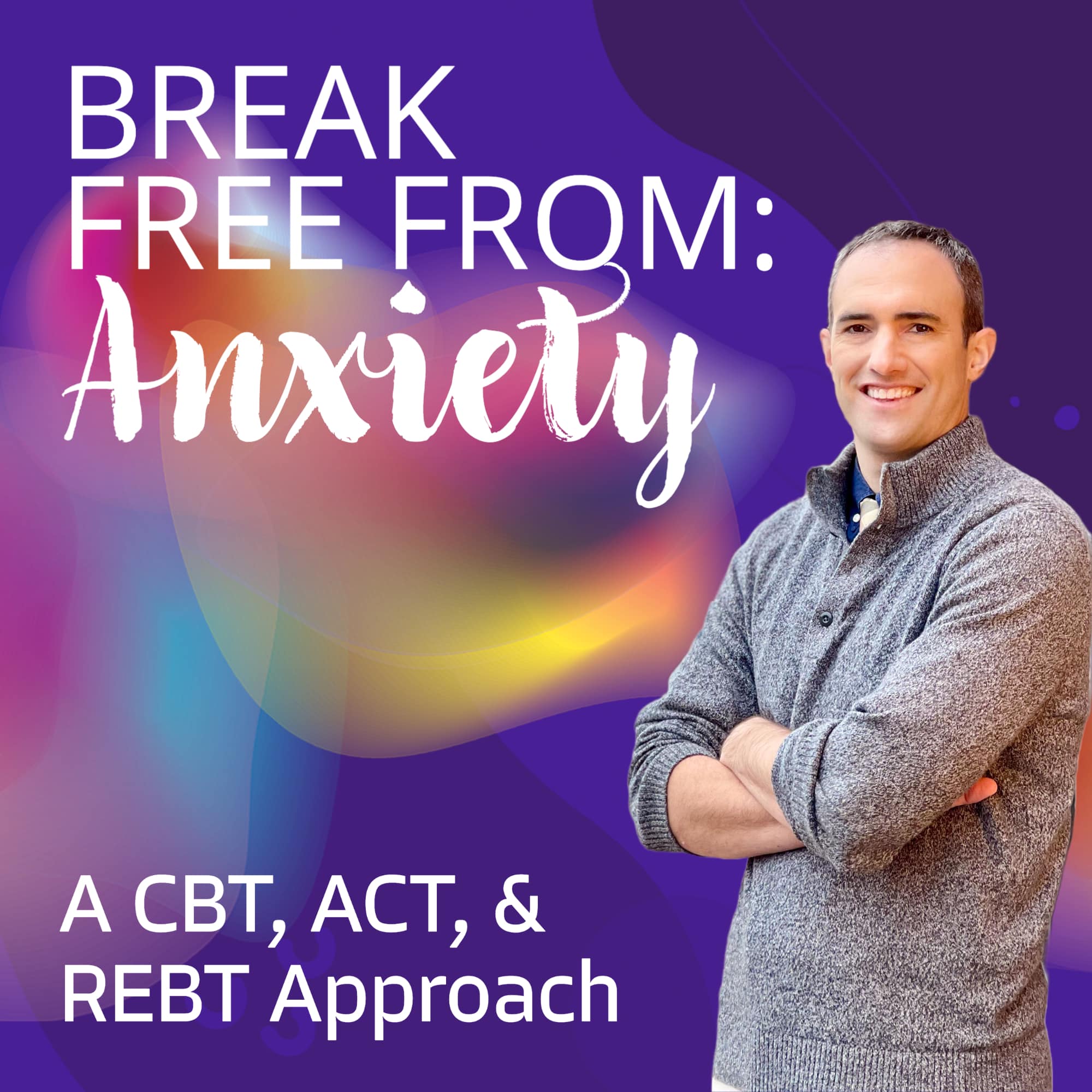Cerebellar activities consist of neurofeedback training, cognitive training games, physical exercise & coordination activities, and mindful meditation.
KEY TAKEAWAYS
- Engaging in exercises such as yoga, dance, or martial arts can effectively engage the cerebellum. This can lead to enhanced neural connectivity among ADHD-associated circuits and lead to cognitive improvements.
- Exercise could potentially improve attention and working memory performance in those with ADHD.
- Exercise contributes to stress reduction and a decrease in anxiety and depressive symptoms. These conditions are commonly experienced by people with ADHD.
1. Understanding Adult ADHD
Attention-Deficit Hyperactivity Disorder (ADHD) is often defined as a childhood condition. However, it can persist into adulthood, affecting millions of people worldwide. In adults, ADHD can manifest differently compared to ADHD in childhood.
The symptoms of ADHD are characterized by inattention, restlessness, and difficulties with time management. People may also experience increased impulsivity and disorganization.
The impact of ADHD on adult life can be profound. It can lead to negative effects on professional performance or social relationships. Thus, it can lead to significant issues for one’s overall well-being.
The prevalence of ADHD in adults is estimated to be around 2-5%, but it is likely underdiagnosed. This could be due to the complexity of its symptoms, and the tendency for symptoms to mimic other conditions. In addition, adults with ADHD may have learned coping mechanisms throughout their lives. This makes their symptoms less apparent for clinicians to assess.
Adults with ADHD often encounter difficulties in multiple aspects of life. In the workplace, they may struggle with time management, maintaining focus, and completing tasks on time. These challenges may lead to reduced productivity, and potentially, career setbacks. In personal relationships, impulsivity and forgetfulness can strain interactions. This can cause frustration and misunderstanding between people and their loved ones. Also, untreated adult ADHD can contribute to emotional dysregulation and low self-esteem. These issues can further lead to issues with anxiety or depression.

Interesting Fact
ADHD was first known as “minimal brain dysfunction” because scientists thought these individuals had a type of encephalopathy that was causing the symptoms.
2. The Role of the Cerebellum in ADHD
The cerebellum is known for its role in motor coordination. After much research, it has emerged as a pivotal contributor to cognitive functions. These functions include attention, working memory, and self-control. Neuroimaging studies have unveiled cerebellar anomalies in adults with ADHD. These results have shown the potential for the cerebellum’s contribution to cognitive deficits in ADHD.
Researchers have utilized neuroimaging techniques to study adults with ADHD. They have discovered evidence of altered cerebellar activity and connectivity. These deviations in cerebellar function are linked to cognitive deficits. These deficits include attention, impulsivity, and working memory — symptoms of ADHD. These studies highlight the interplay between the cerebellum and prefrontal cortex. This connection demonstrates their influence on executive functions. This relationship underscores the significance of addressing the cerebellum to enhance cognitive processes.

Interesting Fact
Cerebellum means “little brain” and is located in the area at the base of your skull where your head meets your neck.
3. Cerebellar Training Approaches for Treating Adult ADHD
Cerebellar training strategies have emerged as an adjunct to the treatment of adult ADHD. These interventions harness the cerebellum’s key function in influencing ADHD symptoms. By engaging in cerebellar-stimulating activities, people with ADHD could improve their symptoms. Improvement may be seen in attentional control, impulse regulation, and cognitive functions. Several noteworthy cerebellar training methods have been explored in this context:
- Neurofeedback Training
- Cognitive Training Games
- Physical Exercise & Coordination Activities
- Mindfulness Meditation
Neurofeedback Training
Neurofeedback involves monitoring a person’s brainwaves using an electroencephalogram (EEG). The EEG displays brainwave patterns, allowing participants to gain insight into their brain’s activity. Participants learn to modulate frequencies linked with optimal attention and cognitive performance.
For adults with ADHD, neurofeedback training offers a means to enhance self-regulation and cognitive functions. Through consistent practice, people can develop the ability to consciously influence their brainwave patterns. This can lead to improved attention, impulse control, and working memory capacity.
Studies have examined the efficacy of neurofeedback in treating adult ADHD, showcasing promising outcomes. For instance, Heinrich et al. (2007) reported significant improvements in attention in adults who underwent neurofeedback training. It was also noted that neurofeedback led to decreased impulsivity. Furthermore, Arns et al. (2009) demonstrated sustained improvements in attention and executive functions six months following the intervention. This finding reinforces the potential of neurofeedback as a viable therapeutic tool.

Cognitive Training Games
Computer-based cognitive training games represent an engaging approach to cerebellar training for ADHD. These games are designed to target attention, working memory, and executive functions. Participants are presented with various challenges. These challenges demand cognitive flexibility, problem-solving, and sustained attention.
What distinguishes cognitive training games is their adaptability. The games dynamically adjust their difficulty based on the user’s performance. This ensures an optimal level of challenge for the participant. This adaptive nature promotes neuroplastic changes within the cerebellum and other connected brain regions. This may result in improved attentional control, impulse management, and working memory capacity.
Scientific investigations into the effectiveness of cognitive training games for adult ADHD have shown promise. A meta-analysis conducted by Cortese et al (2015) indicated that games led to improvements in cognition. Specifically, improvements were noted in attention and working memory. While the effect sizes were small, there are potential benefits of games as an adjunct to traditional approaches. These benefits warrant consideration and further research.
Actionable Tip
Review the App Store for cognitive training games.
Mindful Meditation
Mindfulness meditation is an ancient contemplative practice. It has gained prominence as a potential tool for managing ADHD symptoms and enhancing well-being. The practice involves directing one’s focus to the present moment without judgment. This practice could lead to enhanced self-awareness and emotional regulation. This is achieved through non-reactive observation of thoughts and emotions.
Mindfulness meditation holds promise for adults with ADHD by fostering awareness of thoughts and emotions. This heightened awareness could lead to better impulse control and attentional stability. Systematic reviews and meta-analyses, such as the one conducted by Mitchell et al. (2017), have highlighted the positive effects of mindfulness-based interventions on adult ADHD symptoms. Notably, improvements were observed in areas such as inattention and emotional regulation. This suggests there are potential benefits for executive functions and overall quality of life.
It is important to recognize that mindfulness meditation requires dedication and practice. Consistency in mindfulness is necessary for optimal outcomes. People engaging in this practice are encouraged to approach it with patience and an open-minded perspective. This approach will allow one the full range of benefits that may manifest over time.

4. Integrating Cerebellar Training into Comprehensive Adult ADHD Treatment
The integration of cerebellar training strategies into comprehensive treatment approaches is key for durable change. Cerebellar-focused interventions present promising avenues for addressing cognitive deficits and their most substantial impact emerges when they are thoughtfully integrated within a broader treatment. A treatment plan tailored to the unique needs and challenges of each person is needed to help guide recommendations.

Actionable Tip
Consider riding a bicycle, playing a musical instrument or learning a new dance movement to involve your cerebellum.
Personalized Treatment Approaches
The inherent diversity of ADHD symptoms mandates a personalized treatment program for every individual. Treatment should accommodate an array of cognitive and functional impairments. Tailoring cerebellar training techniques to specific needs can enhance treatment outcomes. Clinicians should acknowledge that not every person responds to the same cerebellar training method and therefore specific cerebellar interventions should be catered to their symptoms. This will allow the targeting of a person’s most prominent deficits.
Complementing Established Interventions
While cerebellar training strategies show promise, they should be considered complementary. These strategies should be synergistic, rather than exclusive replacements for established interventions in ADHD. Conventional treatment modalities address broader aspects of the disorder. Behavioral therapy, pharmacotherapy, and counseling are foundational to symptom relief and cerebellar training activities augment current practices. This training offers an alternative to enhance cognition.
By combining cerebellar training with conventional options, the potential for synergism emerges. For instance, combining neurofeedback training with behavioral therapy can enhance coping strategies. The combined effect could lead to improved self-regulation. Similarly, the effect of cerebellar training with medication options could enhance outcomes. Patients may see a more robust difference in their cognitive performance when using both approaches.

Consistency and Practice
Harnessing cerebellar neuroplasticity requires consistency. Patients should engage in training activities regularly to see impactful effects. Neuroplastic changes lead to improved cognition and self-regulation. For these changes to be long lasting, patients need to show persistent effort.
People starting cerebellar training should be made aware of the need for adherence. Clinicians play a pivotal role in providing guidance and setting realistic expectations. Additionally, clinicians can actively monitor the progress in cognitive performance. Thus, the clinician’s role is crucial for directing success. Integrating cerebellar training activities into daily routines fosters a sense of commitment and good habits. Their inclusion in treatment plans also encourages ownership over the outcome. More importantly, it bolsters the likelihood of sustained engagement over time as these habits will become an integral part of your day.
Actionable Tip
Try a “One Foot Balance” activity. Stand on one foot, then lift the other in the air. Hold for 30 seconds. Do three sets, then change feet. Once you can do this without losing balance, look straight up while you do it. Once you can look straight up for 30 seconds, do it with your eyes closed.
Long-Term Monitoring and Adaptation
The integration of cerebellar training into adult ADHD treatment is predicated upon first undergoing a holistic evaluation. This requires a comprehensive approach to evaluation and treatment monitoring. Thoughtful development of outcome measures and subsequent sustained tracking of progress is vital for achieving the desired cognitive enhancements. In addition, consistent monitoring can ensure the achievement of desired cognitive outcomes. Routine assessments offer invaluable insights into people’s responses to training and course correction. Thus, enabling necessary adjustments and refinements.
The dynamics of cerebellar neuroplasticity dictate a need for adaptability in treatment protocols. Regularly adjusting training parameters can effectively prevent plateauing of progress. This vigilance can optimize prolonged neuroplastic changes. One could consider changing difficulty levels of tasks or focusing on one specific cognitive domains at a time. Collaboration between clinicians and patients undergoing cerebellar training is essential. Clinicians could ideally utilize this feedback to tailor future interventions. Therefore, ensuring sustained progression of cognitive improvements.
Education and Expectation Management
The successful integration of cerebellar training into ADHD treatment hinges on clear communication. Equally as important for its integration is ongoing education. Patients must be equipped with a thorough understanding of the rationale, mechanisms, and potential benefits. Education about neuroplasticity and the requisite time frame for meaningful change is important. This fosters realistic expectations and a heightened commitment to the training process.
Moreover, a clarification must be established that cerebellar training is supplemental. People should know that training is a tool within a comprehensive treatment plan. This clarifying perspective reinforces that effective management of ADHD requires a multifaceted approach. By establishing this understanding, people are better equipped to navigate potential challenges and setbacks. It normalizes the obstacles that are expected to occur in treatment. Ultimately, this view promotes perseverance and adherence to the holistic treatment approach.
Final Thoughts
In summation, the integration of cerebellar training strategies into adult ADHD treatment holds promise. Maximizing the effectiveness of cerebellar interventions requires a multi-faceted approach. The approach should be personalized and promote synergism with conventional options. It should also encourage consistency, close monitoring, and patient education. By harnessing the neuroplasticity of the cerebellum, people can embark on a transformative journey. Cognitive enhancement and refined self-regulation would define a treatment success. This transformation invariably leads to improved quality of life and enhanced functional outcomes. Importantly, it can foster a sense of empowerment in navigating the challenges posed by adult ADHD.

 Bruce Bassi
Bruce Bassi





